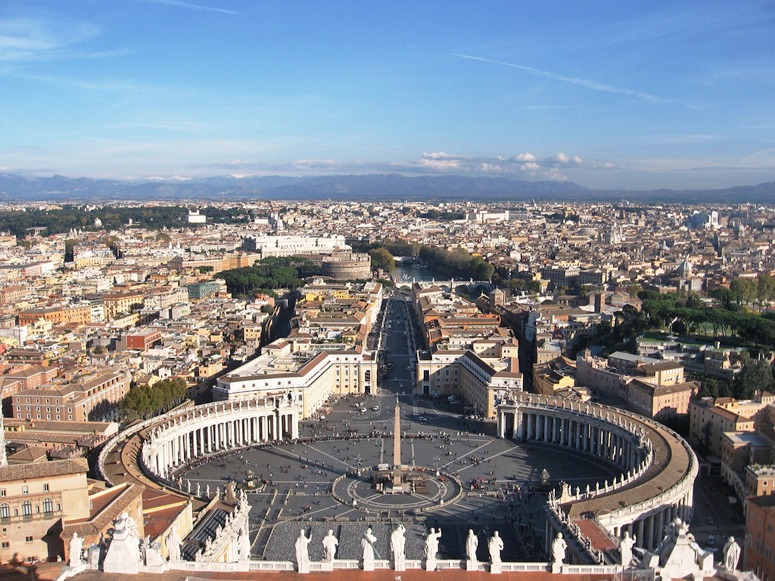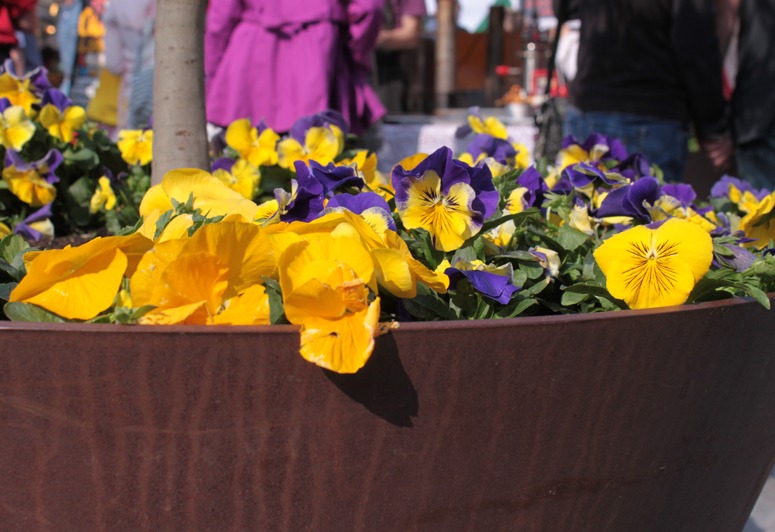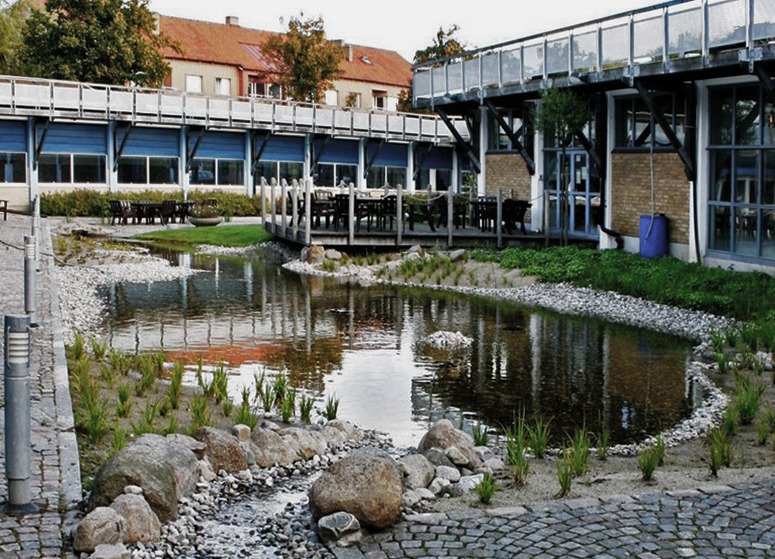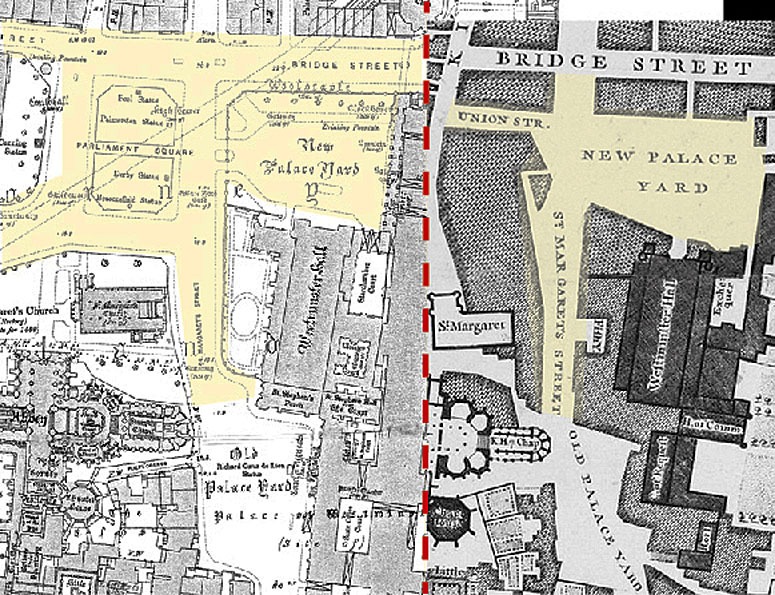
Edmund Bacon, in his 1974 book on Design of Cities, interpreted Rome's spatial plan in essentially geometrical terms (an axial movement system). Historically, it was created WITH temporal and spiritual power to symbolise these qualities. Are they still the necessary conditions for good urban design? No living planner or designer has the 'powers' of Sixtus V and Urban VIII. Is this why we are making such disappointing cities?
What are the social, political and economic conditions in which urban landscape design is most likely to flourish? I very much hope my answer to this question is wrong, but here goes: “in cities where an enlightened king was guided by spiritual beliefs”. Why should this be so? (1) Without temporal power, urban design is scarcely possible. (2) without spiritual power, objectives are likely to be short term and non-idealistic (3) short-term commercial and military objectives benefit rulers and disadvantage peoples. As Alexander Solzhenitsyn observed “Is it not true that professional politicians are boils on the neck of society that prevent it from turning its head and moving its arms?”. “It is not victory that is precious but defeat. Victories are good for governments, whereas defeats are good for the people. After a victory, new victories are sought, while after a defeat one longs for freedom, and usually attains it. Nations need defeats just as individuals need suffering and misfortunes, which deepen the inner life and elevate the spirit.” The great urban designs were made in periods of faith and monarchy Beijing from 1293-1912, in Isfahan under Shah Jehan, in Rome under the Popes and in Paris under the kings and emperors. What comparable successes can be claimed by the faithless democracies and autocracies of the twentieth century? The great powers of the modern world suffer from not having been defeated in great wars.
Image courtesy RTSS





